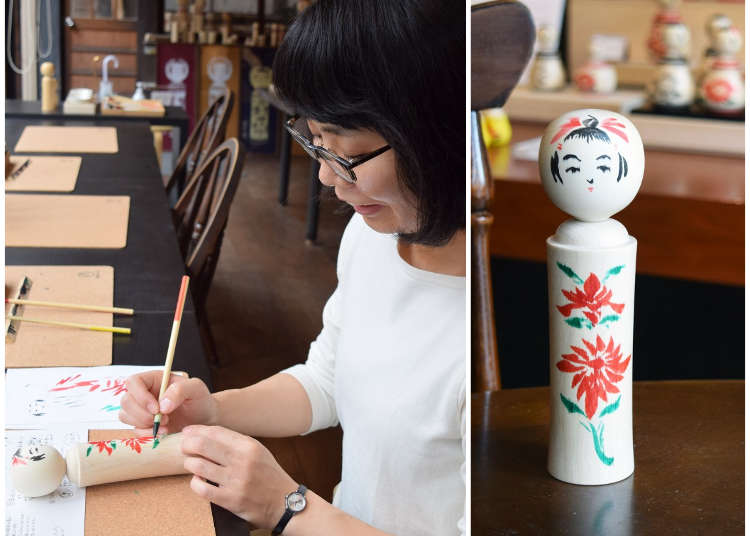
Kokeshi dolls, a beloved traditional Japanese craft, originated in the onsen towns of Tohoku. At Naruko Onsen’s Sakurai Kokeshi shop, you can design and create your very own kokeshi, turning this iconic souvenir into a personal keepsake.
What are Kokeshi Dolls?
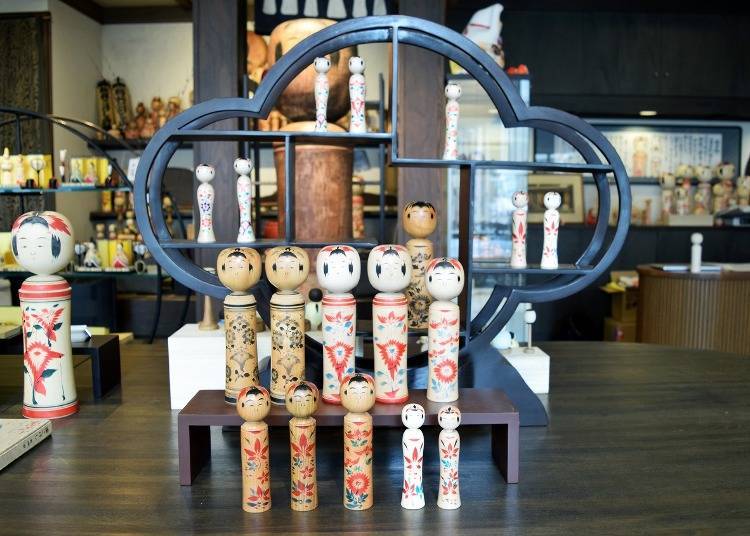
Kokeshi are a traditional handicraft of the Tohoku region. It has a long history as well, originating from the later Edo period from around 1750 to 1850, when wood craftsmen who made bowls and trays started making these Japanese wooden dolls for their children.
The kokeshi dolls of that era were made to be small enough to fit into a child’s hand, and the round head on a long cylindrical body was supposed to act as a pacifier for teething babies, or so, as the legends go.
Depending on the area, the face and shape of the body changes as well, and there are eleven different variations in total.
What are Naruko kokeshi?
Naruko Onsen in Miyagi Prefecture’s Ōsaki city is one of the places where kokeshi dolls originated from. From Toyko, you can take the bullet train and change onto local trains, to reach the place in about three hours.
The dolls made here are called Naruko Koekshi, and their defining trait is the squeaking sound their heads make when turned. With gentle expressions and chrysanthemum patterns drawn over their bodies, they are exquisitely charming and eye-catching pieces.
The hot springs town has several kokeshi workshops, and there are a few where you can try drawing the kokeshi on your own as well, as expected of an area known as a producer of the dolls.
A visit to Sakurai Kokeshi, an old shop with a long history
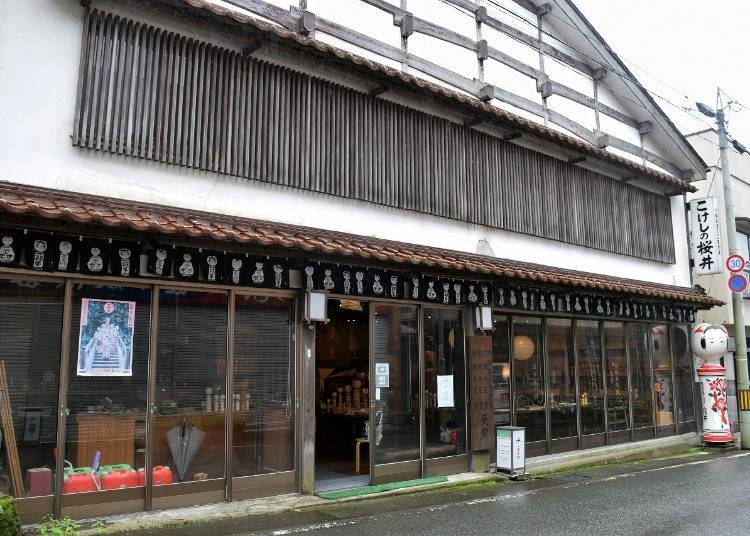
A three-minute walk away from JR Naruko Onsen station is Sakurai Kokeshi, a kokeshi doll maker with a long and illustrious history in Naruko Onsen. Starting from the first maker of the Naruko Kokeshi, Ōnuma Madagorō, the following generations have continued to carry on the tradition of creating these dolls.
At the shop, you can of course buy kokeshi dolls, and there are also workshops where you can try drawing your own dolls too. Though the time needed varies from person to person, it takes around 30 minutes on average.
The experience costs 1,800 yen (without tax), and for groups of five or larger, reservations are needed at least three days in advance. This time, we tried out the kokeshi painting experience, perfect for those looking to make fond memories of their time in Japan!
Challenging ourselves by making our own kokeshi dolls!
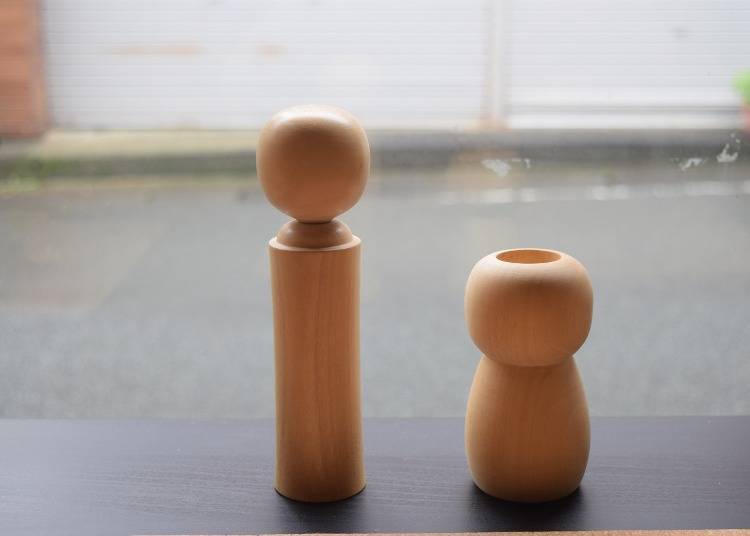
And with that, we started our challenge! First, you start by choosing the wooden base. You can either pick the traditional Naruko Kokeshi shape, or the pen holder kokeshi that you can use daily. We went with the standard Naruko Kokeshi shape.
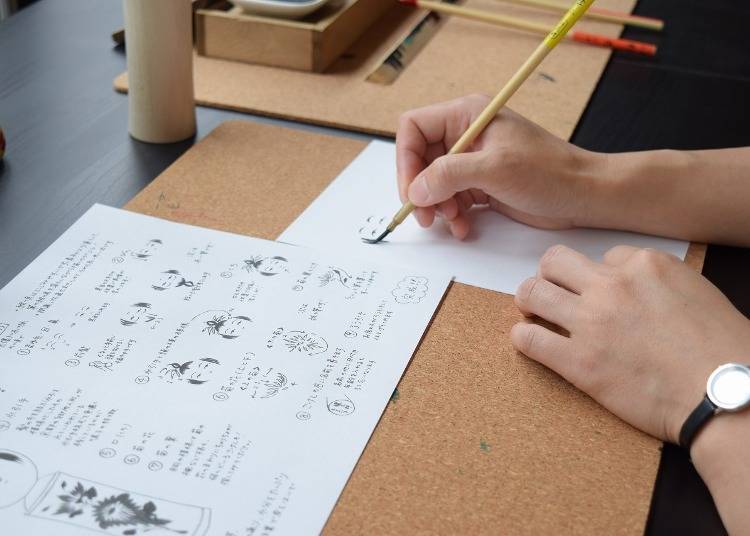
After choosing the base, it’s time to start drawing... or so we would like, but patience is key. As drawing lines on the curved surface of the kokeshi requires some skill, we start by practicing on paper.
First the eyes, then the brows. As you think of the expression and form you want your kokeshi to take, let the brush flow. When you’re uncertain about how you want to design your Japanese kokeshi doll, have a look around the store. Observe the various kokeshi lined up, and let your imagination run wild.
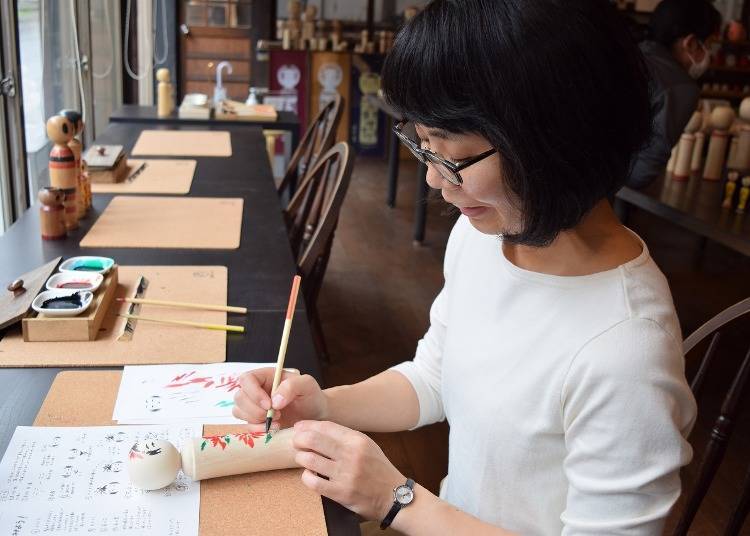
Once you’ve finished practicing, it’s time to do the real thing. The traditional paint colors for Naruko Kokeshi are red, black, and green.
It’s heart-pounding, drawing on the wood, with such a different feeling from the paper. Still, following the encouraging advice from the staff, “it’s fine to just draw the lines boldly,” we found the curved lines to be surprisingly beautiful!
As far as possible, try not to pick up too much paint with the brush. If there’s too much paint on the brush, it may bleed along the wood grain. Once you’ve got the hang of it, it isn’t intimidating at all. Be brave and have fun while drawing.
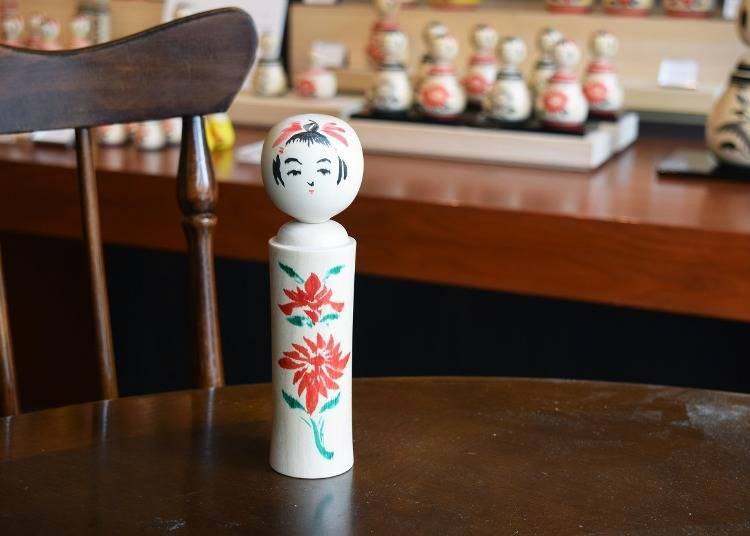
Once you’ve completed drawing the kokeshi, you can pass it to the staff. Once they’ve put a coating onto the doll, it’s completed! You can bring it home on the day it’s done. You can see various samples on display around the shop, and the one that you’ve made yourself looks rather funny in comparison.
It isn’t quite what you were going for, but you can see a reflection of yourself in your own kokeshi doll, and you’ll find yourself loving it all the same.
Don’t forget to do your shopping!

From the traditional Naruko Kokeshi to specially arranged and designed adorable kokeshi dolls, a wide variety of kokeshi items are lined up. It’s not just the expressions and design, but the shapes and sizes are widely varied as well, so be sure to look for one that catches your eye.

The stars of the show are the traditional “Naruko Kokeshi.” The refined faces have a certain charm to them.
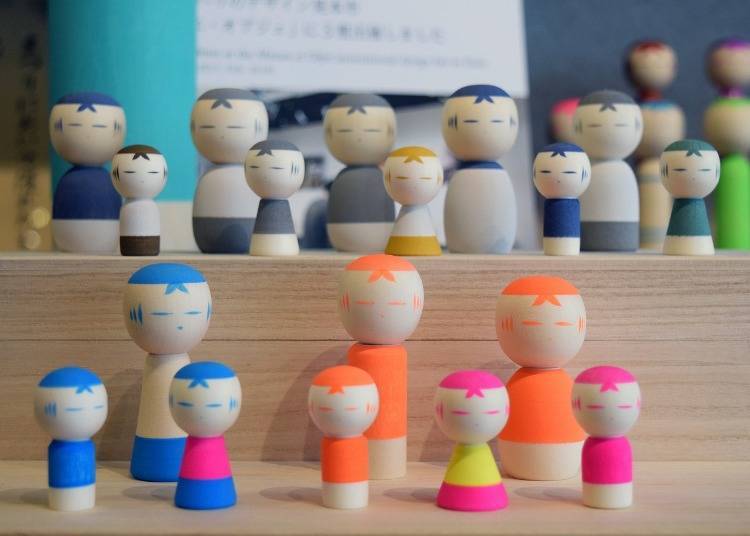
For small items that are easy to incorporate into interior spaces, the “Codama waon” (top-level in the photo) and “Codama Kaguya” (bottom level in the photo) are recommended. These items are popular amongst not just the Japanese, but with overseas visitors as well.

Why not include an “Otegami Kokeshi” around the body, to put a special message in? Using a kokeshi doll as an envelope makes for a unique touch.
If you want to have fun making fond memories of your visit into an original souvenir, do come to Naruko Onsen for a visit and try making your own Japanese wooden dolls!
-
Sakurai Kokeshi桜井こけし店
- Address 26-6, Naruko Onsen Yūmoto, Ōsaki-shi, Miyagi-ken, 989-6823
- Phone Number 0229-87-3575
・Hours: 9 AM–5:30 PM
・Price: 1,800 yen (without tax) for kokeshi drawing workshop
・Closed: Open daily
Text by: SHOE PRESs
- Area
- Category
*Prices and options mentioned are subject to change.
*Unless stated otherwise, all prices include tax.
Popular Tours & Activitiess
Recommended places for you
-

Koiwai Farm
Other Nature
Morioka, Hiraizumi And Hachimantai
-

Ginzan Onsen
Hot Springs (Onsen) & Bath Houses (Sento)
Surrounding Areas Of Yamagata
-
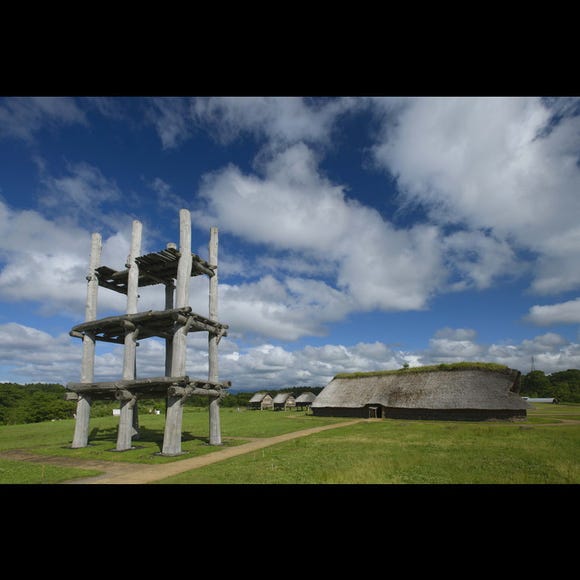
Sannai-Maruyama Site
Village Ruins
Aomori, Hirosaki And Hachinohe
-
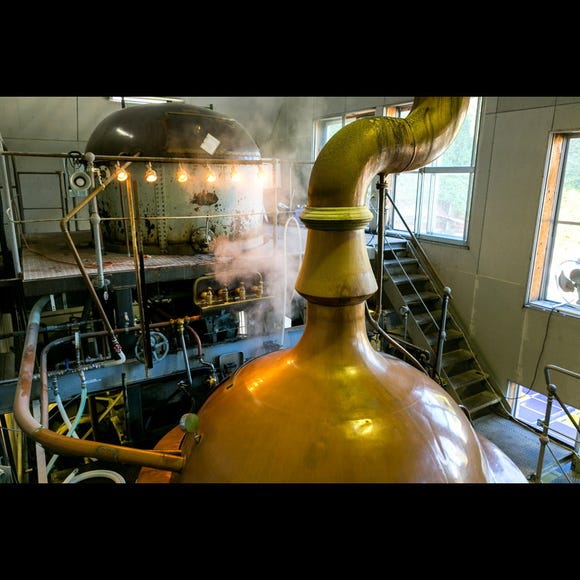
Baeren Brewery Co., Ltd.
Other Sightseeing
Morioka, Hiraizumi And Hachimantai
-
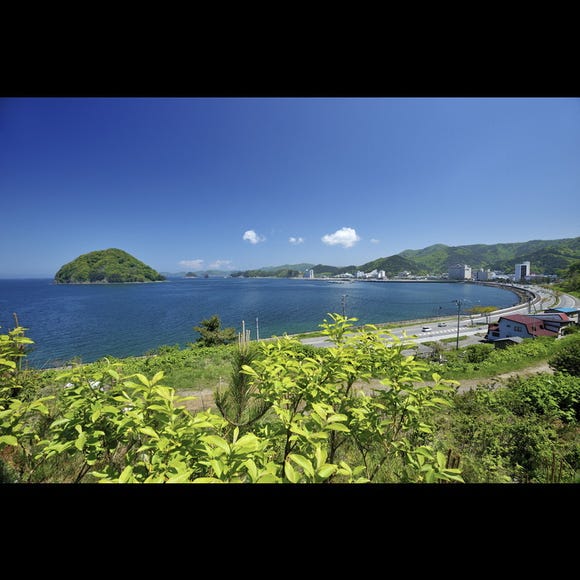
Asamushi Onsen
Hot Springs (Onsen) & Bath Houses (Sento)
Aomori, Hirosaki And Hachinohe
-
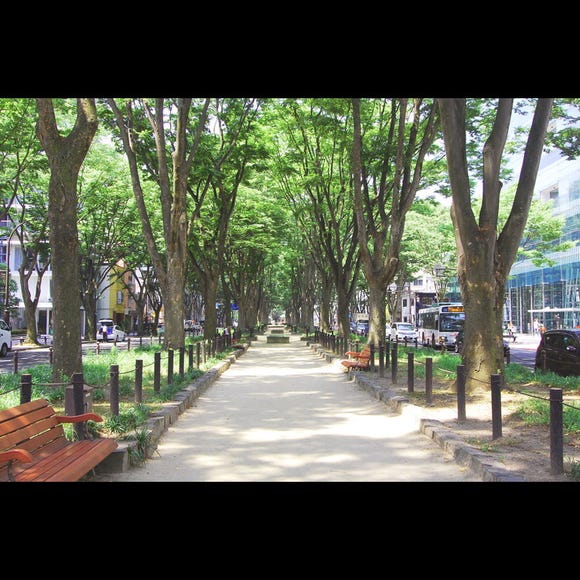
Jozenji Street
Other Townscapes
Sendai And Matsushima
-

Shopping in Niigata: 9 Must-Buy Souvenirs & Local Sake to Take Home
by: ShiroKu inc.
-

Aomori's Quiet Side in Autumn: 5 Scenic Spots in Hachinohe According to a Local
by: Marco Blasco
-

What to Buy in Aomori? 11 Aomori Souvenirs Locals Actually Recommend
by: ShiroKu inc.
-
Ad

Advice from the Experts at Hitohira: Here's How to Choose the Best Japanese Knife
-
Ad

Why Fukushima is the Next Big Food Destination in Japan The Foodie Paradise Only 90 Minutes from Tokyo
-

Niigata Sake no Jin 2026: Guide to Japan's Most Legendary Sake Weekend
-

Shirakami-Sanchi Guide: Hiking in Japan's Intense & Untouched Beech Forest (Aomori)
-

The Best of Japan: 11 Major Cities Every Traveler Should Visit
-

3 Famous Ramen Shops in Yamagata - Japan's "Ramen Prefecture"!
-

Healthcare in Japan for Tourists: What to Do When You Get Sick or Injured in Japan
-

6 Surprisingly Cheap Things in Japan
-

Japan's Bath Culture: Tips You Should Know!












